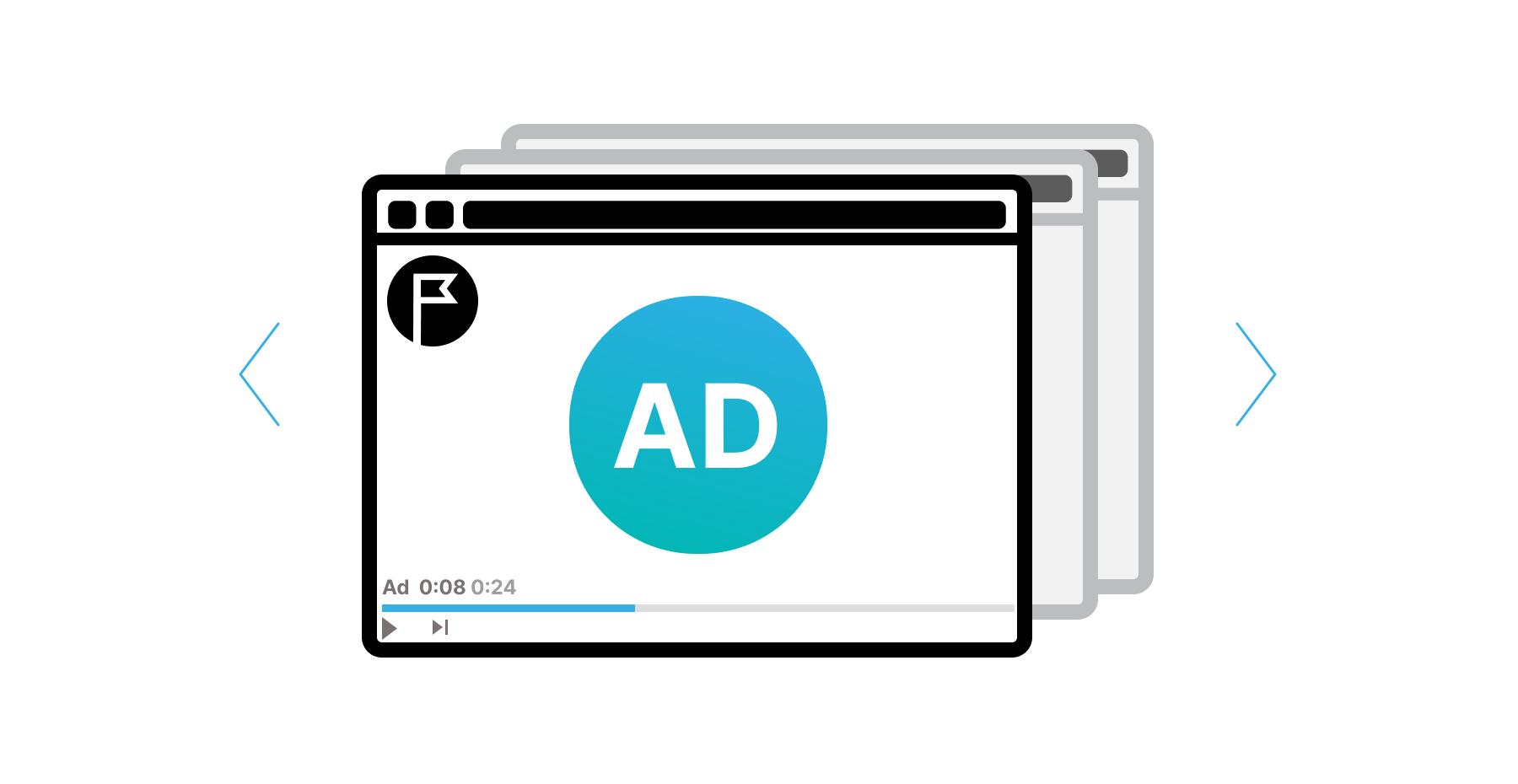Slider Ad: The current information and examples of use

Slider ads offer a large number of benefits for advertisers. First and foremost, they allow for more information to be conveyed in a single ad unit. This can be particularly useful for advertisers with a lot of information they want to share with their audience. Sliders also tend to be more engaging than traditional static ads, as they encourage the viewer to interact with the ad unit. This can lead to increased click-through rates and conversions.
What is it?
An ad slider is an advertising format that uses a sliding animation to display multiple images or messages in a single ad unit. The ad unit typically includes a set of images or messages that slide horizontally or vertically, allowing the viewer to view multiple messages without leaving the page. Ad sliders become popular among advertisers because they allow for more information to be conveyed in a single ad unit, which can lead to increased engagement and click-through rates.
Technical features: HTML, CSS and JavaScript
Web slider code refers to the code used to create a slider or slideshow on a website. This code is typically written in HTML, CSS and JavaScript. The HTML code provides the structure of the slider, including the container element that holds the slider images and any accompanying text or buttons. The CSS code is used to style the slider, including setting the size, position, and appearance of the slider container and the individual slider images.
The slider ad tag is a piece of code used to display a sliding in ad on a website. The tag typically includes the HTML slider code, which is the code that creates the sliding animation. This HTML code can be customised to suit the advertiser's needs, allowing for various designs and animations.
The JavaScript slider code is responsible for creating the sliding animation effect and adding any interactive features, such as automatic sliding, navigation buttons, or touch controls for mobile devices. JavaScript sliders can be created using a variety of libraries and plugins, such as jQuery, Slick Slider, or Owl Carousel. They can be customised to include a variety of different animations and effects, making them a popular choice among advertisers.
A JavaScript slider menu is a type of navigation menu that uses JavaScript to create a sliding animation effect. The menu typically includes a list of links or buttons the user can click on to navigate to different pages or sections of a website.
When the user clicks on a link or button in the menu, the JavaScript code triggers an animation that slides the menu items to the left or right to reveal the new set of options. This sliding animation can make the menu feel more dynamic and interactive, improving the user experience and encouraging users to explore the website further.
JavaScript slider menus can be customised in a variety of ways to suit the needs of different websites. For example, the animation speed can be adjusted, different styles can be applied to the menu items, and the menu can appear and disappear in different ways.

Benefits of slider ads
Slider ads can be considered effective for many reasons. First and foremost, they allow advertisers to convey more information in a single ad unit than traditional static ads. This can be particularly useful for advertisers with a lot of information they want to share with their audience.
Sliders also tend to be more engaging than traditional static ads. The sliding animation encourages the viewer to interact with the ad unit, which can lead to increased engagement and click-through rates. The viewer can also control the pace at which they view the different messages or images, which can help keep them engaged for longer.
Another benefit of ad sliders is that they can be customised to suit the advertiser's needs, allowing advertisers to create a unique ad unit for their brand.
Of course, like any advertising format, the effectiveness of this one will depend on diverse factors, including the targeted audience, the messaging used in the ad, and the overall campaign strategy. However, when used appropriately, sliding ads can be a powerful tool for advertisers looking to convey a lot of information in a single ad unit and drive engagement with their target audience.
Examples in action
To give you a better understanding of how sliders can be used and how efficient they are, let's take a look at a few examples of them in action:
- Travel and tourism industry - A travel and tourism company may use a slider animated ad to showcase a lot of different destinations. The ad unit might include images of popular tourist destinations, along with short descriptions and pricing information. The viewer can slide through the images to see all of the different options available.
- E-commerce industry - An e-commerce company might use a sliding ad to showcase various products. The ad unit might include images of the products, along with pricing information and product descriptions. The viewer can slide through the images to see all of the diverse products available.
- Food and Beverage Industry - A restaurant can use a slider ad to showcase its menu. The ad unit might include images of the different dishes, along with pricing information and descriptions. The viewer can slide through the images to see all of the extra menu items available.
Ads optimization
Lets see some key hints in optimizing slider ads for maximum impact that HilltopAds network team has highlighted for our advertisers.
- Keep it simple - Don't overload your slider animation with too much information. Stick to a few key messages or images to keep the viewer engaged.
- Use high-quality images - The images you use in your ad should be high-quality and visually appealing. This will help to grab the viewer's attention and encourage them to engage with the ad unit.
- Test different animations - Try out different animations to see which ones work best for your audience. Some viewers may respond better to a horizontal slide, while others may prefer a vertical slide. Experiment with different animations to find the one that works best for your audience.
- Make it mobile-friendly - With more and more people accessing the internet on their mobile devices, it's important to ensure that your slider ad is mobile-friendly. Test your ad on different devices to make sure it displays correctly and is easy to interact with.
- Include a call to action - Your ad should include a clear call to action that encourages the viewer to take action. This could be a button that takes them to your website or a form they can fill out to learn more.
Slider ads are a popular advertising format that can be used to convey a lot of information in a single ad unit. They offer a number of benefits for advertisers, including increased engagement and click-through rates. By optimising them and using high-quality images and clear calls to action, you can create an effective advertising campaign that resonates with your target audience. With the right strategy and approach, this comparatively new type of advertisements can help you reach your advertising goals and drive results for your business.

